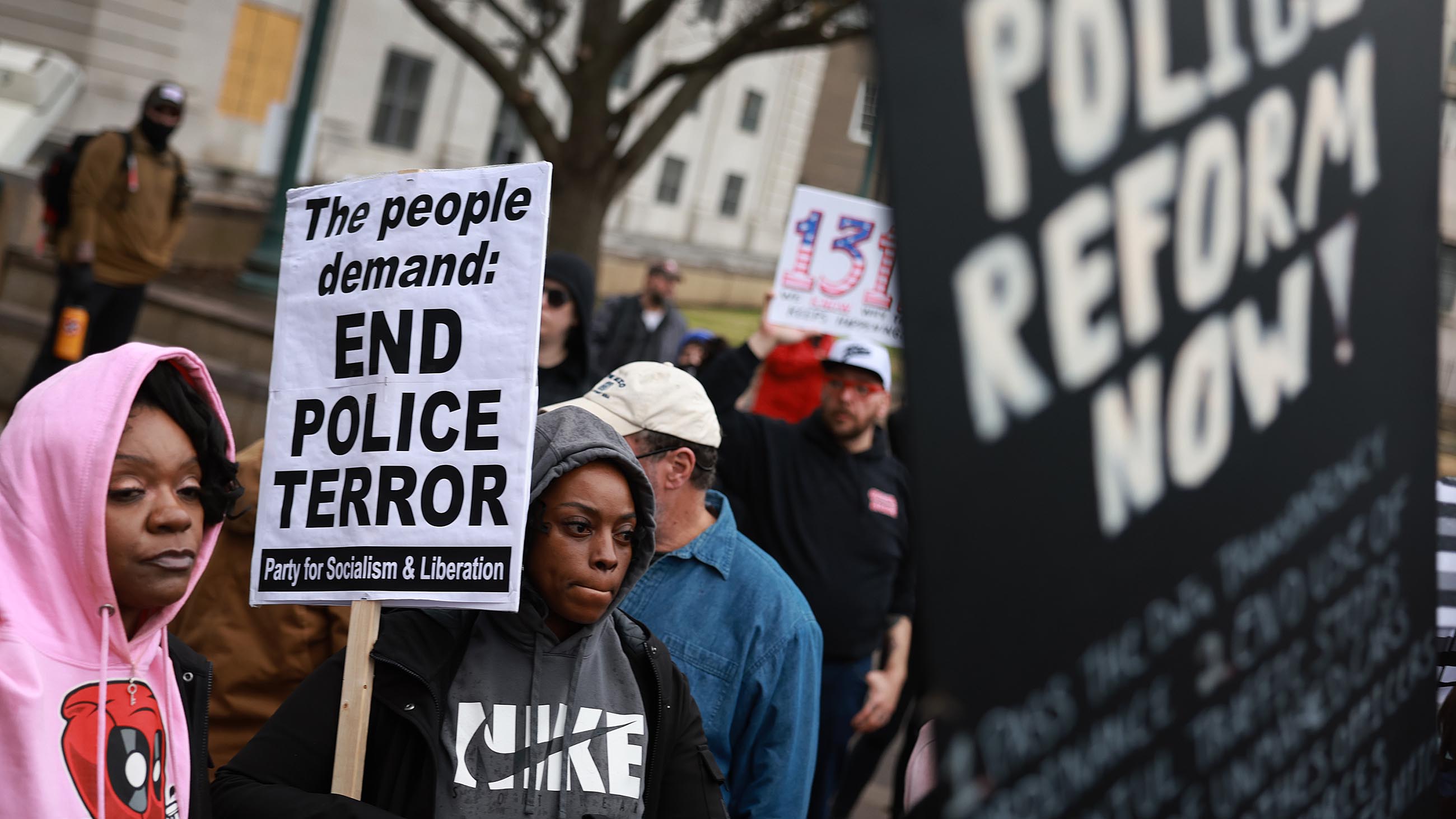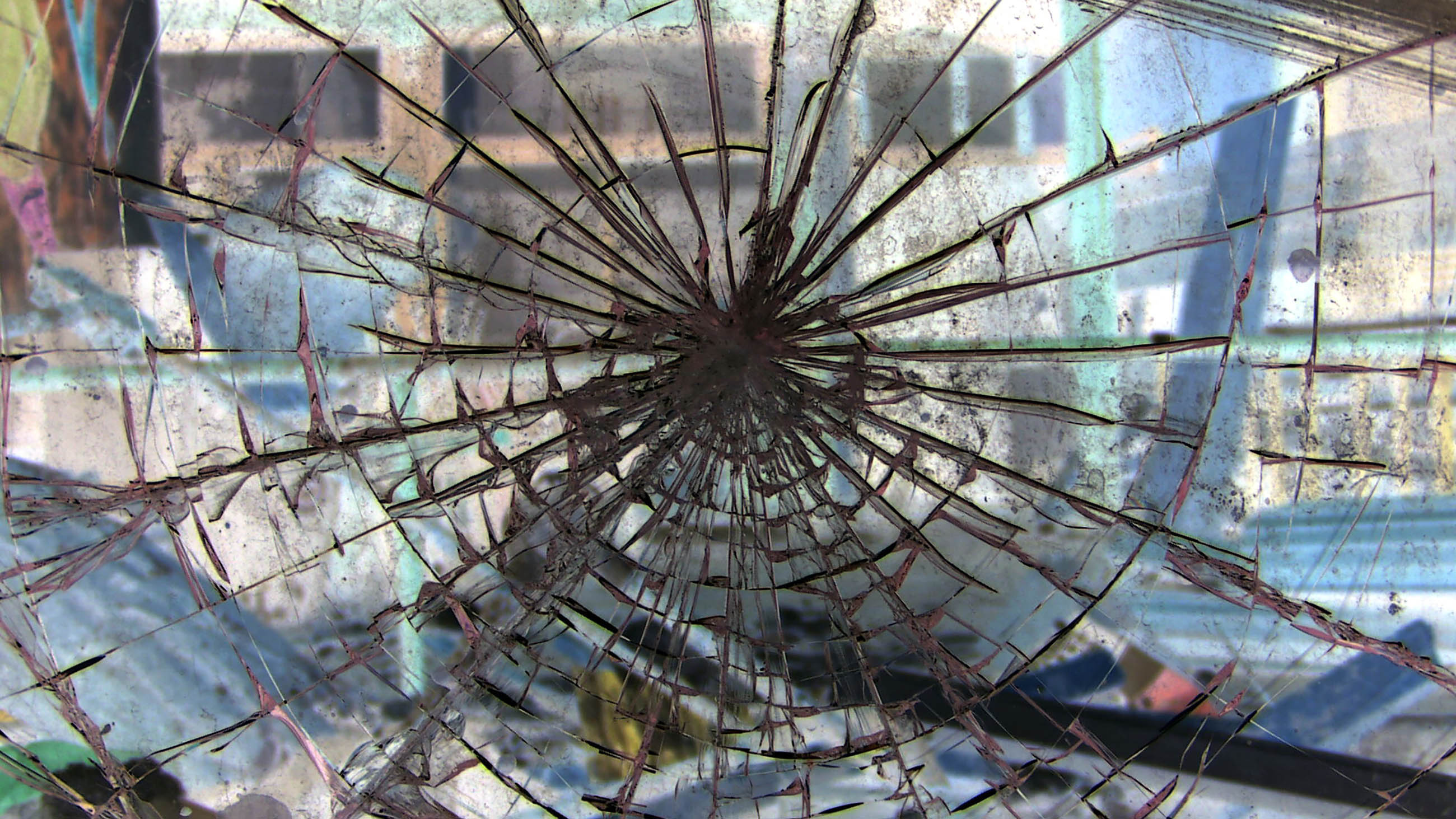Studies Show a Need for Procedural Justice in ‘Hot Spot’ Policing
Most people outside of metropolitan Memphis have probably not heard of Shelby Farms. But the urban park in east Memphis boasts more than 4,500 acres of wetlands, forests, and lakes, making it one of the larger urban greenspaces in the country.
On an overcast Saturday, January 7, Tyre Nichols, a 29-year-old local amateur photographer who also worked for FedEx, decided to capture Shelby Farms’ nature and landscapes at sunset. He was returning to his family’s home in southeast Memphis later that evening and was less than two minutes away when he was stopped by Memphis Police Department officers. At about 8:24 p.m., an officer in the department’s Scorpion unit physically removed him from his car and threw him on the ground.
Scorpion — which stands for Street Crimes Operation to Restore Peace in our Neighborhoods — was a tactical team known for aggressive policing and stop-and-frisks across the city’s so-called hot spots. Such policing efforts, used nationally for decades, focus police resources and enforcement on very discreet areas of a community — sometimes an area as small as an intersection, or even a single street corner — that have statistically higher rates of crimes.
That day, the officers’ body-worn cameras and a surveillance video camera mounted on a utility pole recorded Nichols as he endured a series of horrific beatings while being maced, tased, and kicked, and, eventually, as he ran for his life. By the time medics arrived at 8:41 pm, Nichols had been re-apprehended and beaten and kicked again. According to video evidence, he was handcuffed and slumped against a police car when the two medics arrived and offered no treatment or aid for nearly 20 minutes.
Nichols was transported to St. Francis Hospital in critical condition. He died three days later.
City and police officials released four video recordings of the incident roughly three weeks after Nichols’ death. Authorities initially claimed that Nichols was pulled over because he was driving erratically and later became violent with police officers. But the recordings showed a different story. At no time did the officers tell Nichols why he was detained, and, even more importantly, why their actions needed to be so brutal.
One of the first body-camera videos demonstrated the officer’s service firearm was already drawn when he approached Nichols’ car, said Nikki Jones, a sociologist and ethnographer who researches race, violence, and policing at the University of California, Berkeley. “Tyre Nichols was very compliant,” said Jones. “He wasn’t — in his actions or behaviors — doing the kinds of things that would actually indicate resistance or that he was being aggressive.”
“My sense was that it didn’t matter to the officers,” Jones added. “What mattered was that they told him to do something, and they believed he didn’t do it quick enough. That often hijacks encounters and officers won’t do anything else until they feel that you have submitted or deferred appropriately.”
Decades of research dating back to the first experiments with hot spot policing in the 1980s have demonstrated that it can be an effective strategy to reduce offenses in high-crime areas. But those reductions in crime often come at a high price — with potentially tragic results — for innocent residents and bystanders living in under-resourced and over-policed communities. A damning report released by the U.S. Justice Department on Friday, which was prompted by the 2020 police killing of George Floyd and which examined policing tactics used by the Minneapolis Police Department, seemed to underscore that steep price — and the need for reform.
Many researchers and policymakers say that if police officers practiced more of what is known as procedural justice — a seemingly straightforward but, critics say, under-utilized emphasis on fairness, transparency, impartiality, and offering citizens a voice — there would be fewer police abuse and brutality cases like the one in Memphis, even within the context of hot spot policing. One recent study led by David Weisburd, a professor of criminology at George Mason University, found that mandating procedural justice training could reduce crime in hot spots, while also encouraging stronger relations with the community.
Support Undark MagazineUndark is a non-profit, editorially independent magazine covering the complicated and often fractious intersection of science and society. If you would like to help support our journalism, please consider making a donation. All proceeds go directly to Undark’s editorial fund.
|
In recent months, more criminologists, sociologists, and policymakers have considered how to bring more transparency to the process after watching the videos of Nichols’ brutal beating captured by police body cameras.
“Where do we begin?” asked Howard Henderson, an expert in criminal justice based at Texas Southern University in Houston during a recent Zoom interview. “Here’s what the research tells us — that if the police can focus on the shooters and the actual violent offenders themselves, without infringing upon the rights and freedoms of everyone else around them, they’re effective.”
“It’s got to be something where it’s well-regulated, the accountability measures are in place, and people understand that we’re trying to save lives but take people who are harming folks right off the street,” he added. “You got to have all of those pieces in place and that philosophy’s got to be there.”
The first documented experiment in hot spot policing took place in Minneapolis in 1988 and 1989. That research, conducted by Weisburd and Lawrence Sherman, a leading experimental criminologist, identified 110 crime clusters and demonstrated that increasing the frequency and presence of patrol cars alone could reduce calls to police and observed disorder in these small areas.
Now, police departments across the world — from New York to New Zealand — deploy more resources to these micro-locations, which collectively can account for up to half the reported crime despite taking up a small footprint of many cities. Focusing on hot spots has become a way of “dealing with crime in fewer places” and maximizing limited resources, said Weisburd.
Criminologists often describe such strategies as place-based policing or place-based crime prevention. Research has shown that hot spot policing can be effective and, according to one 2019 review study, can lead to “significant small reductions in overall crime and disorder.”
The review, which analyzed 65 papers detailing 78 interventions between 1989 and 2017, also found that policing crime clusters does not necessarily lead to crime displacement, in which criminals simply move down the street. In fact, the study found, “crime control benefits may diffuse into the areas immediately surrounding the targeted locations.”
But at the same time, there is growing evidence that concentrating police resources and personnel at hot spots can lead to police brutality and abuse. Weisburd hopes his team’s 2022 paper, published in The Proceedings of the National Academy of Sciences, will encourage more police departments to train their officers in procedural justice techniques.
The paper was based on a randomized field trial of 120 crime hot spots in Houston, Texas; Cambridge, Massachusetts; and Tucson, Arizona. The researchers wanted to determine if training the officers in procedural justice — which the paper describes as “giving voice, showing neutrality, treating people with dignity and respect, and evidencing trustworthy motives” — would impact crime levels, the police officers’ behavior, and the perception of officers by residents.
Fourteen officers were randomly assigned to a control group and trained in standard hot spot policing techniques. Another 14 were assigned to the test group, which received the same training as the control, plus an additional five days of special training in procedural justice.
The experiment was conducted over a nine-month period in each city. Research assistants — advanced undergraduates, recent graduates and graduate students — accompanied officers on patrol and observed more than 500 interactions with citizens and suspects. The police officers in the test group also submitted questionnaires to report if they thought the procedural justice training influenced their behavior and interactions. The researchers also conducted surveys with neighborhood residents before and after the study to assess their perceptions of police.
The procedural justice, or PJ, teams experienced a 14 percent reduction in crime across hot spots compared to the control group of officers. The training also led to “more procedurally just behavior” in the field as compared with the control group, the authors wrote. “At the same time, PJ officers made many fewer arrests” than the control group officers, and “residents of the PJ hot spots were significantly less likely to perceive police as harassing or using unnecessary force.”
One way to encourage positive community relations, Weisburd said during a Zoom call from Tel Aviv, “is to treat citizens with respect and explain to people what led to the stop, “Such as, ‘I stopped you on the street here because there has been shooting in the last month,’’’ he said. “We’re very concerned about it and just wanted to talk with you.’”
“Procedural justice to me is good policing,” said Weisburd, who is one of the leading researchers in place-based criminology and a recipient of the 2010 Stockholm Prize in Criminology, the top honor in the field. “I always say to people, ‘I don’t care if it has an effect, this is how I want my police to behave in a democratic society.’”
At the same time, Weisburd’s team acknowledged the study’s limitations and the need to see its findings replicated. “While we think our study strongly advances our knowledge about PJ policing, it is important to recognize that our findings are drawn from a trial in three specific cities,” the authors wrote. “And in one city Covid-19 restrictions were in place for part of the treatment period and the collection of survey data.”
Henderson, the Texas Southern University criminal justice expert and the founding director of the Center for Justice Research, said he appreciated the team’s focus on procedural justice. He and his colleagues looked at a similar concept at a correctional facility, he said. The individuals who believed they were being treated fairly were less likely to become repeat offenders, he said. Henderson was not involved in Weisburd’s research.
Hot spot policing techniques are widely embraced by many police departments, according to a 2019 study published by Campbell Systematic Reviews, an open access academic journal that publishes review studies. “The Police Executive Research Forum surveyed 176 U.S. police departments and found that nearly 9 out of 10 agencies used hot-spots policing strategies to deal with violent crime in their jurisdictions and that problem-solving techniques were often deployed to address violent crime hot spots,” according to the authors.
“In a more recent study of a representative sample of police agencies,” the authors said, “the National Police Research Platform reported that 75% of the agencies surveyed used the hot spots policing approach.”
Critics of place-oriented policing techniques say the concentration of force and resources often leads to abuse, brutality, racism, and bias. This is where training police officers in procedural justice could lead to fewer abuses and incidents such as Tyre Nichols or George Floyd, say criminologists such as Henderson.
The Chicago Police Department has been criticized for decades of racially biased stop-and-frisk policing in hot spots, for example.
According to a report by the American Civil Liberties Union of Illinois, Chicago police made more than 250,000 stops that did not result in arrests between May through August 2014. Of those, 72 percent involved African Americans, even though they only comprise 32 percent of the city’s population. These techniques — including the arrests of many Black and Latino young men for “disorderly conduct” — have led to a number of lawsuits against CPD over the years and, more recently, a consent decree with the Department of Justice.
In New York, meanwhile, more than 90 percent of those arrested in 2021 for minor offenses such as loitering or turnstile jumping were Black or African American, Latino, and other non-White residents, according to a 2022 study conducted by the Legal Aid Society.
The Memphis Police Department — and its now-disbanded Scorpion unit — has faced mounting criticism since the Nichols’ videos were released. Five police officers involved in Nichols’ death were dismissed and now face second-degree murder and other charges. In addition, the Department of Justice announced it is conducting a review of the department, as well as specialized police tactical units across the country.
Hot spot policing and specialized tactical units lend themselves to these types of abuses, said Jones, the University of California, Berkeley sociologist and ethnographer. “Officer after officer comes in and gets their punch in, gets their stomp in,” she said, referring to police body-camera footage in Nichols’ case and similar incidents. “Right away, I know this is not the first time that they’ve done something like this.”
The five former officers facing charges are all African American, and at least four faced internal reprimand or suspensions in recent years for abusive tactics, according to The Commercial Appeal, a Memphis newspaper. They have all pleaded not guilty. The judge has not set a trial date.
The Memphis Police Department has yet to officially explain why Tyre Nichols was pulled over and viciously beaten — a tragedy that some critics say could have been avoided if the former officers had used procedural justice techniques.











